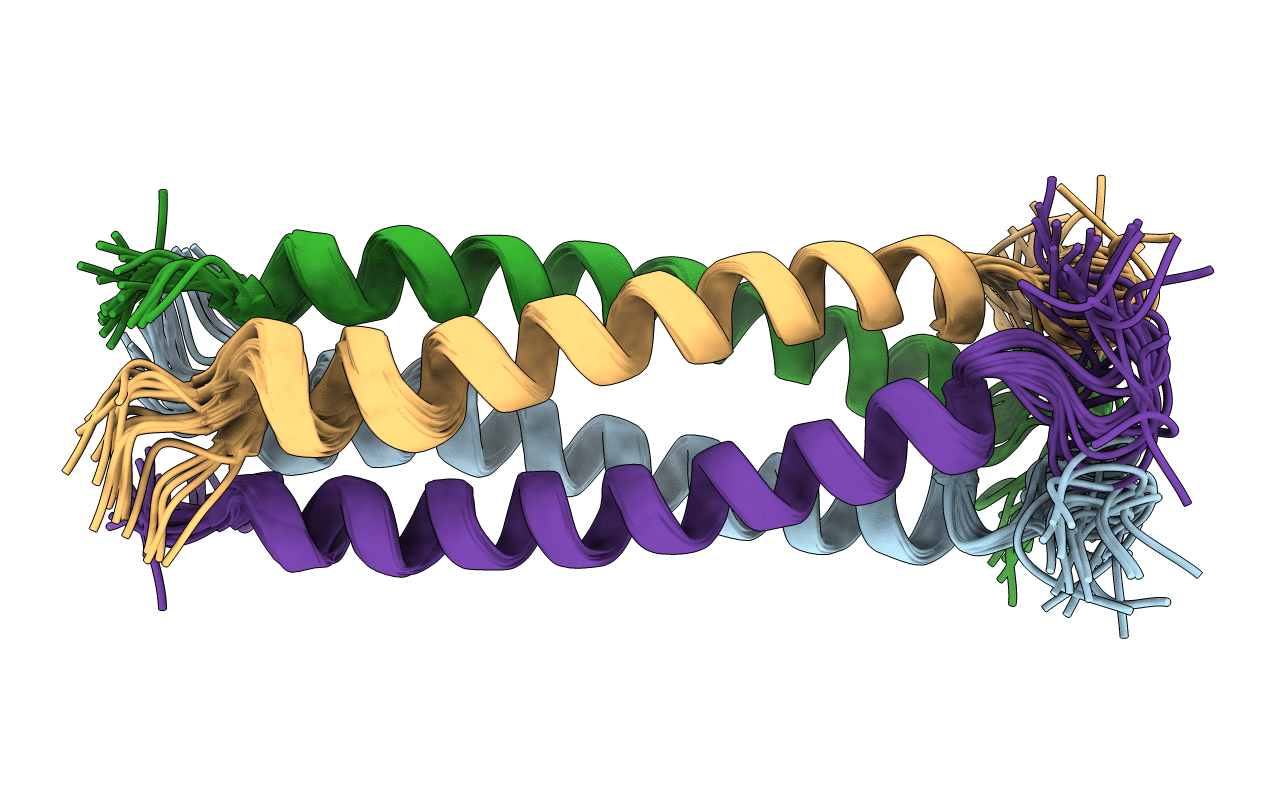
Deposition Date
2020-04-15
Release Date
2021-04-28
Last Version Date
2024-06-19
Entry Detail
PDB ID:
6YP5
Keywords:
Title:
Solution NMR structure of the oligomerization domain of respiratory syncytial virus phosphoprotein
Biological Source:
Source Organism:
Respiratory syncytial virus (Taxon ID: 12814)
Host Organism:
Method Details:
Experimental Method:
Conformers Calculated:
20
Conformers Submitted:
20
Selection Criteria:
all calculated structures submitted


